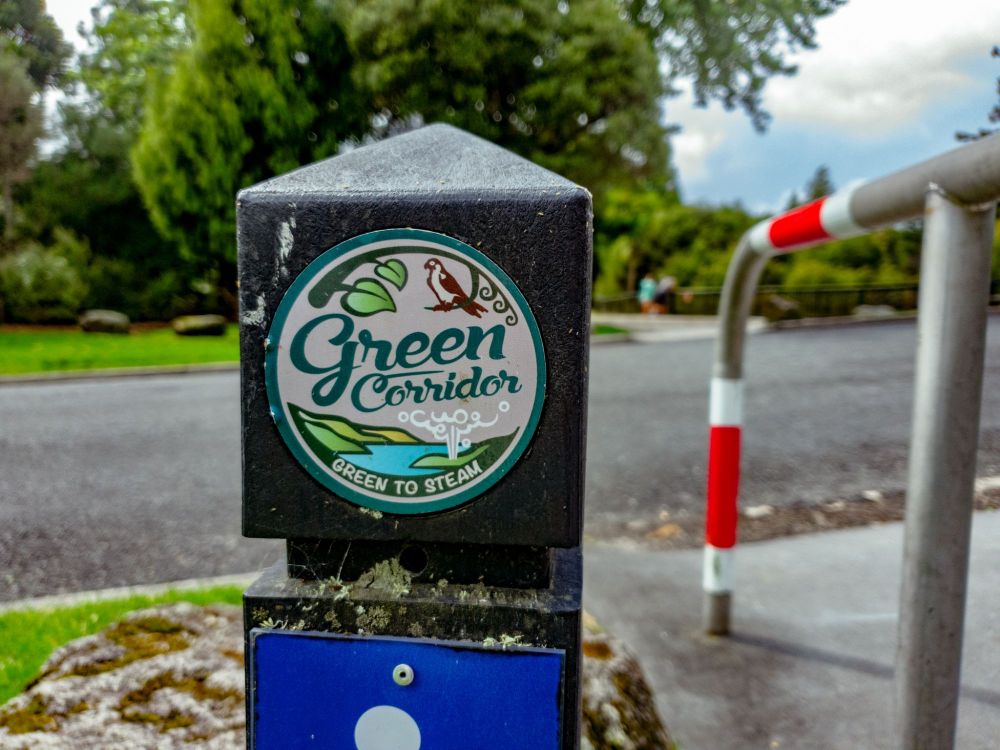Digging into my backlog of missed posts for this one! I still remember rolling into Rotorua on our bus, the smell of the sulfurous waters greeting us. This was the first long-term stop on our trip and I think we picked a real stand-out stop as our first for Aotearoa!
A Brief History
Rotorua is a bit of a hot spot (forgive the pun!) for Maori culture. It once held the village of Te Waiora, as well as being home to the Wai-O-Tapu and Waimangu geothermal areas. The waters are heated by a large network of geothermal passages, thanks in part to the volcano that is situated there. Unfortunately, in 1886, Te Waiora was buried after the volcano erupted.
But what of the white settlers, you may ask? Well, two of the Maori tribes gifted the settlers 50 acres in the area as a gesture of goodwill and cooperation… or it was leased and the agreement broke down, leaving the settlers the sole owners in 1888. I got conflicting stories here, as seems to be the case with certain aspects of history. The settlers wanted to establish a European-style spa for the promotion of health. They opened officially in 1908 in the Government Gardens. It was relatively sleepy, getting a railroad connection in 1894, which lead to some growth. A second wave of growth came after World War II, with it being officially recognized as a city in 1962.
A Brief Walk Around Town
We were a small drive down from the main tourist office, which also acts as a transit spot for a lot of buses to drop off and pick up visitors. This is also a city that is a short drive away from Hobbiton, so you can book yourself a trip to there from Rotorua while you’re here!
The town is pretty small and you can walk to and from most of the commercial areas within 30 minutes. There are also quite a few public parks that can take you near the geothermal spots where you can watch the waters bubble and boil. Be careful, though, and heed the warnings of trespassing: Waters connected to the geothermal system can be anywhere from 120 degrees Celsius (248F) to 200 degrees (392F)!
You can also walk closely to Lake Rotorua, a caldera now filled with water. While we didn’t go out on the lake (it was very rainy during our stay), we did enjoy quite a few walks along its banks, enjoying the lapping waves.
You can also enjoy a bit of a walk around the Government Gardens. This area used to be the government bathhouse, but then it was converted into an art museum
Te Puia: Maori Culture and Natural Preservation
Rotorua has a lot of Māori cultural activities and sites that you can visit, too many for us to pick from, so we landed on Te Puia, located in the southern part of town.
Te Puia has it all: A kiwi conservation center, sacred geysers, a restaurant, year-round cultural events, a gallery, gift shop, and it is also home to the New Zealand Maori Arts and Crafts Institute.
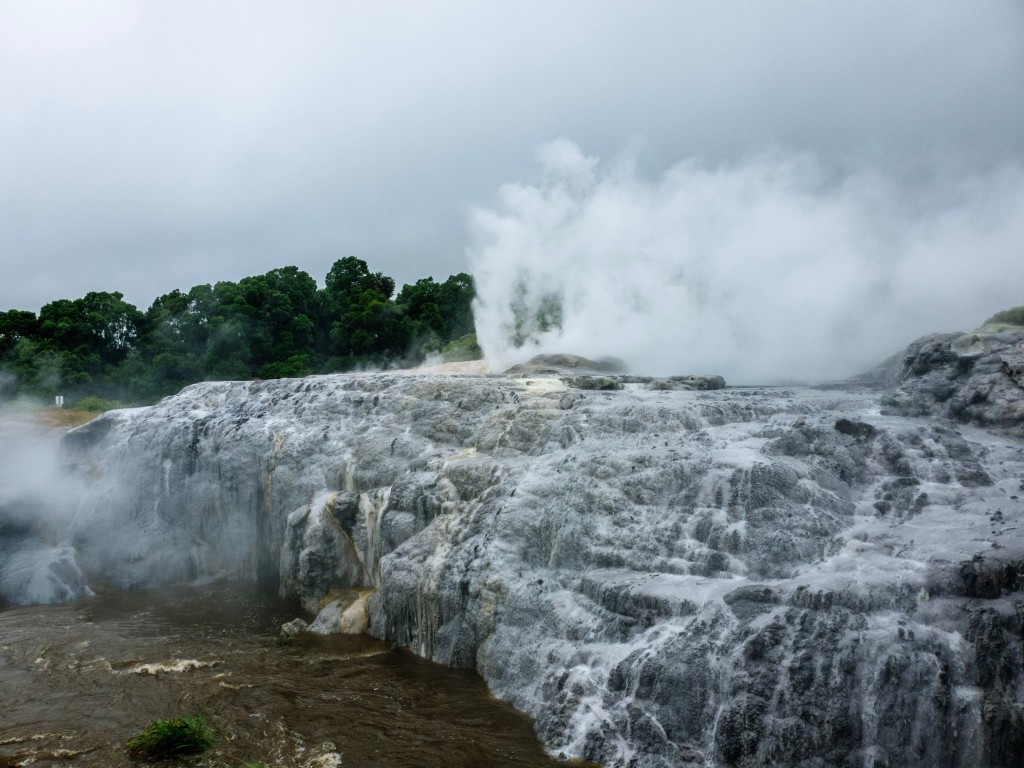
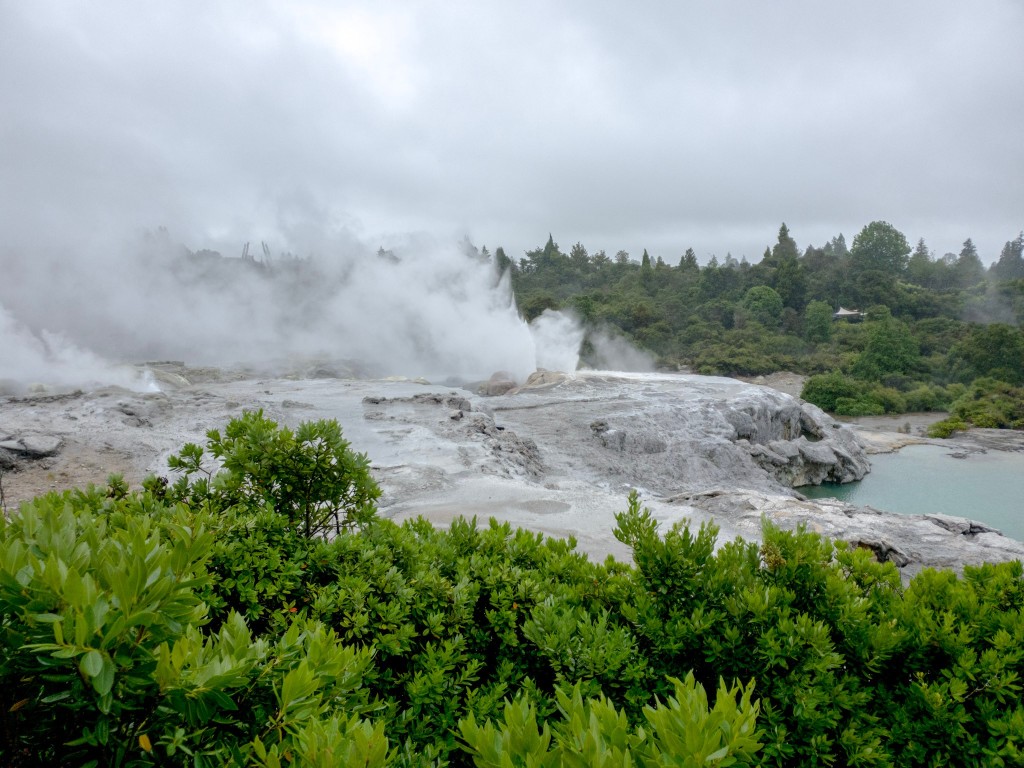
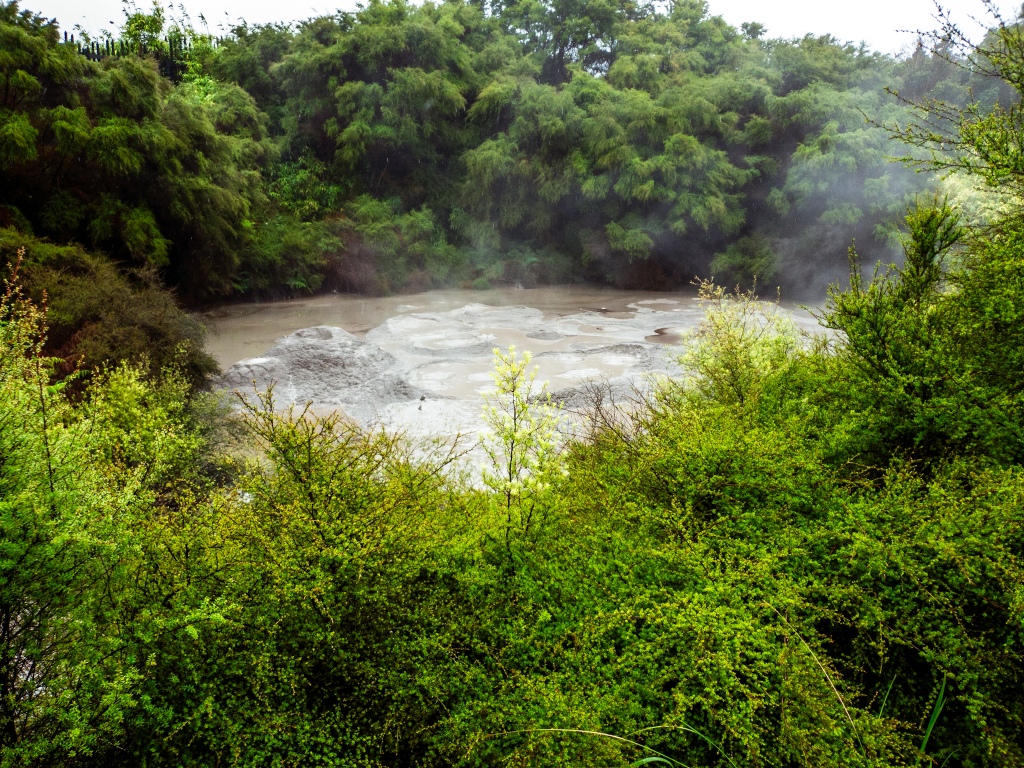
You know me: I’m a sucker for any sort of craft or craftsmanship. In this compound, they take on apprentices to carry on Māori crafts, such as weaving, wood carving, and stone and bone carving. You can see the apprentices hard at work if you visit on the right days as they carefully shape and decorate elaborate pieces. One of my favorite pieces there was of a Māori chieftain’s cloak: woven from flax fiber and decorated with kiwi feathers. There is honestly so much to see here that I struggle to find the words to capture it all. Luckily, I did take some pictures!
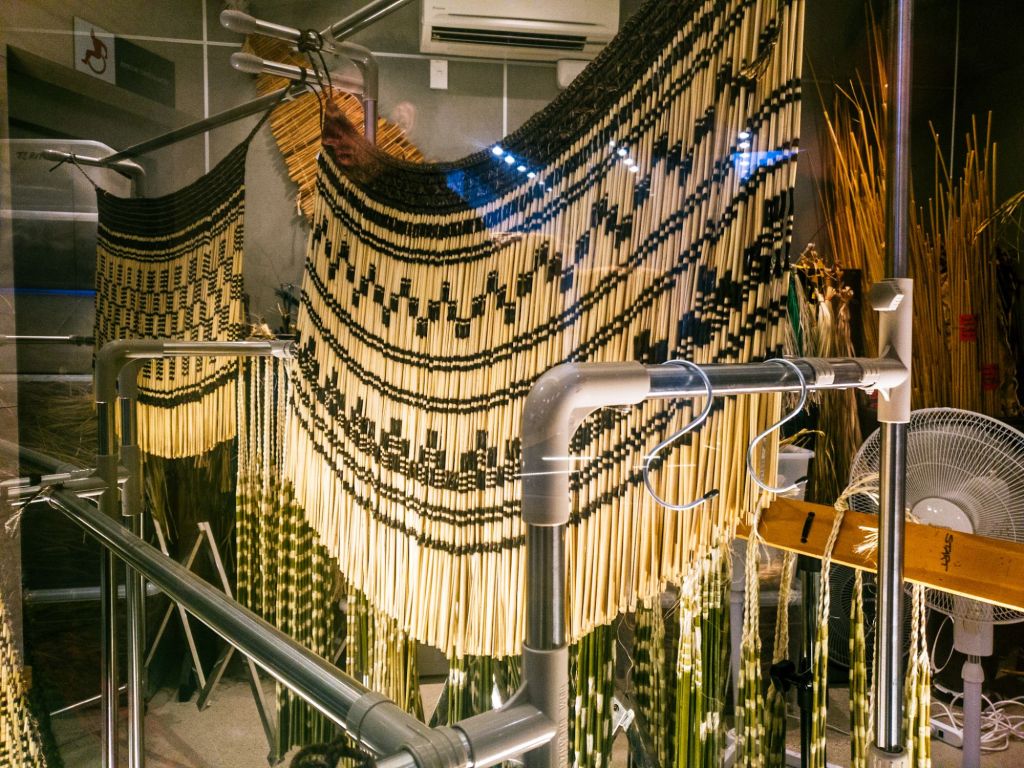
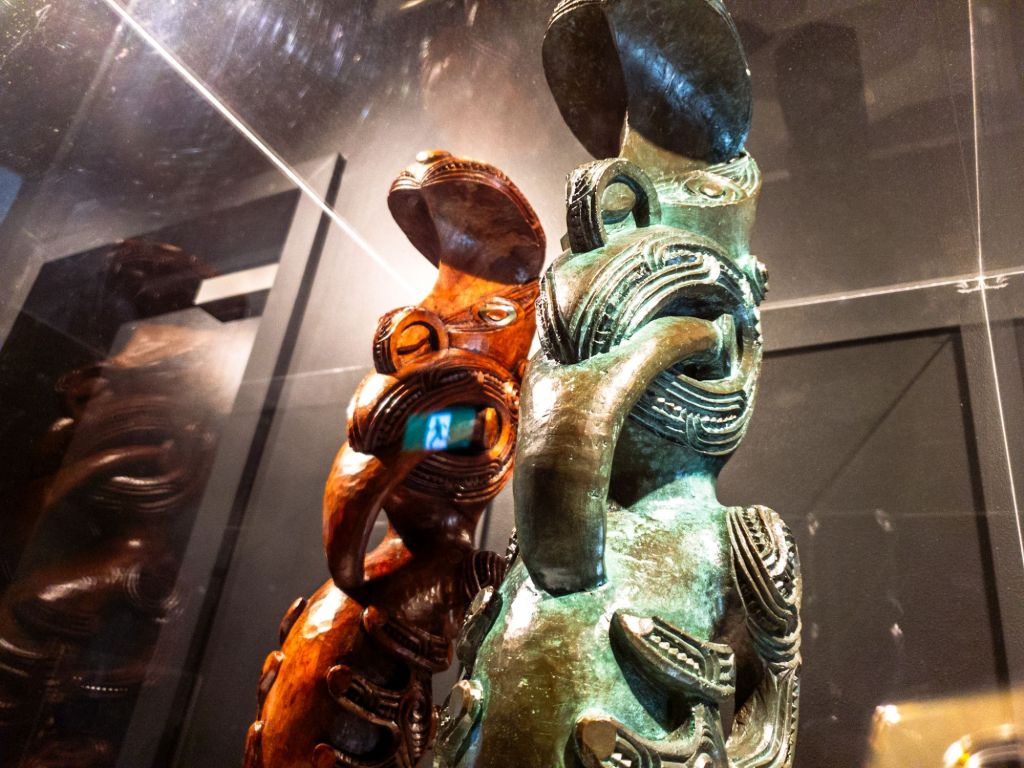
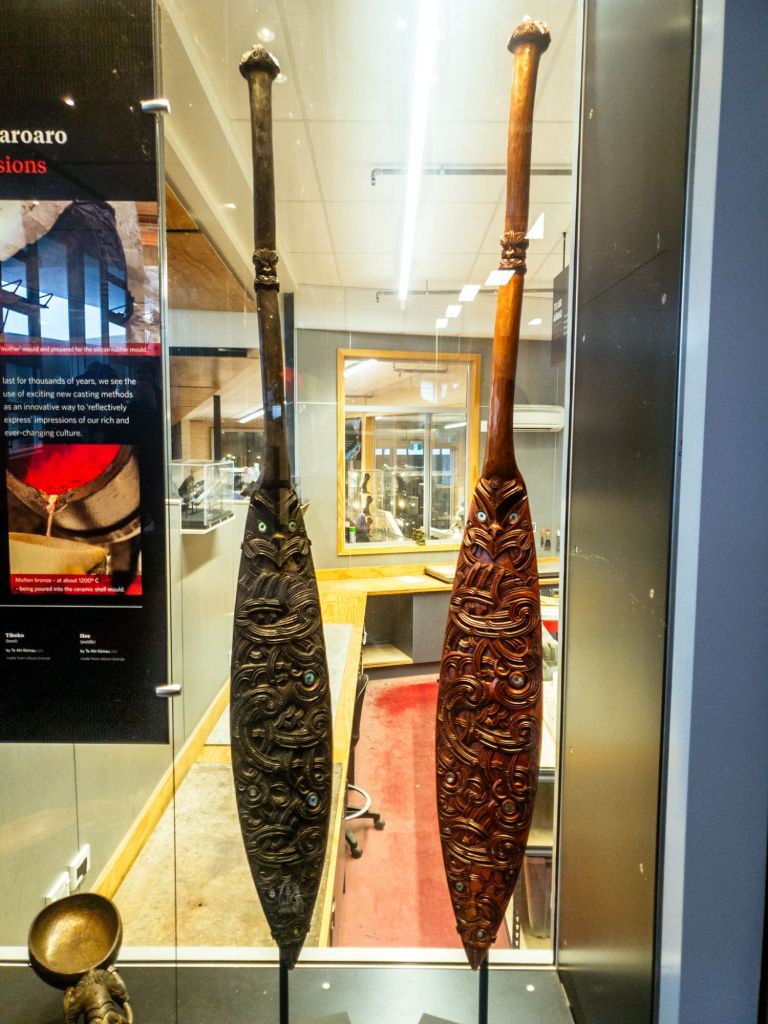
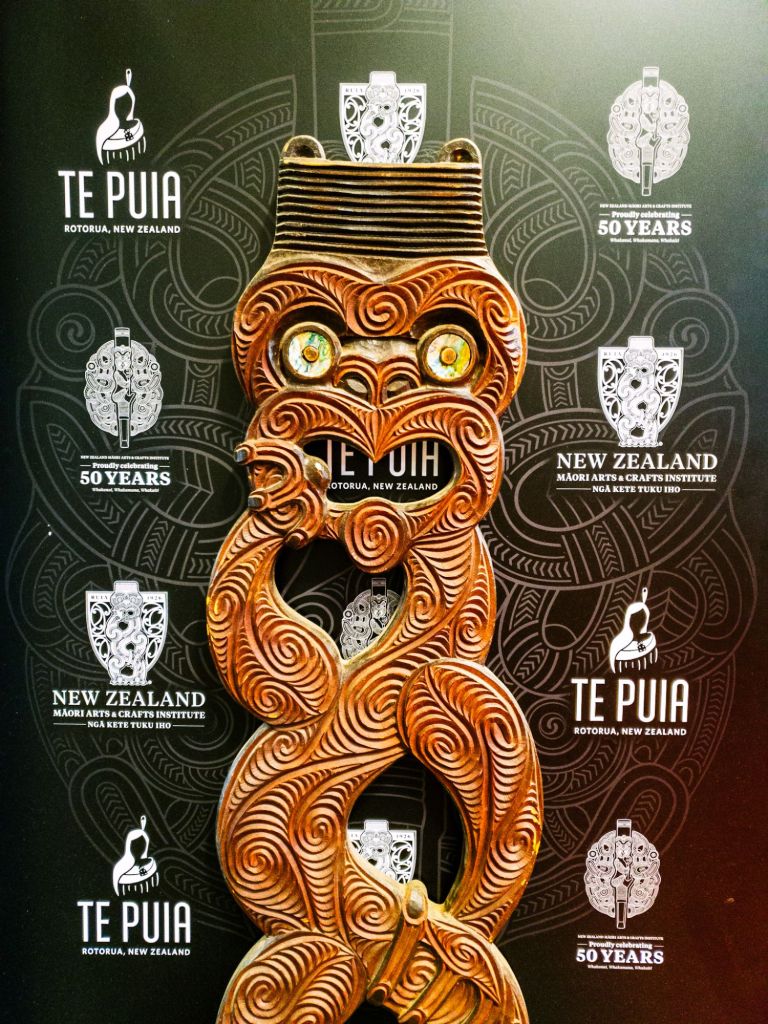
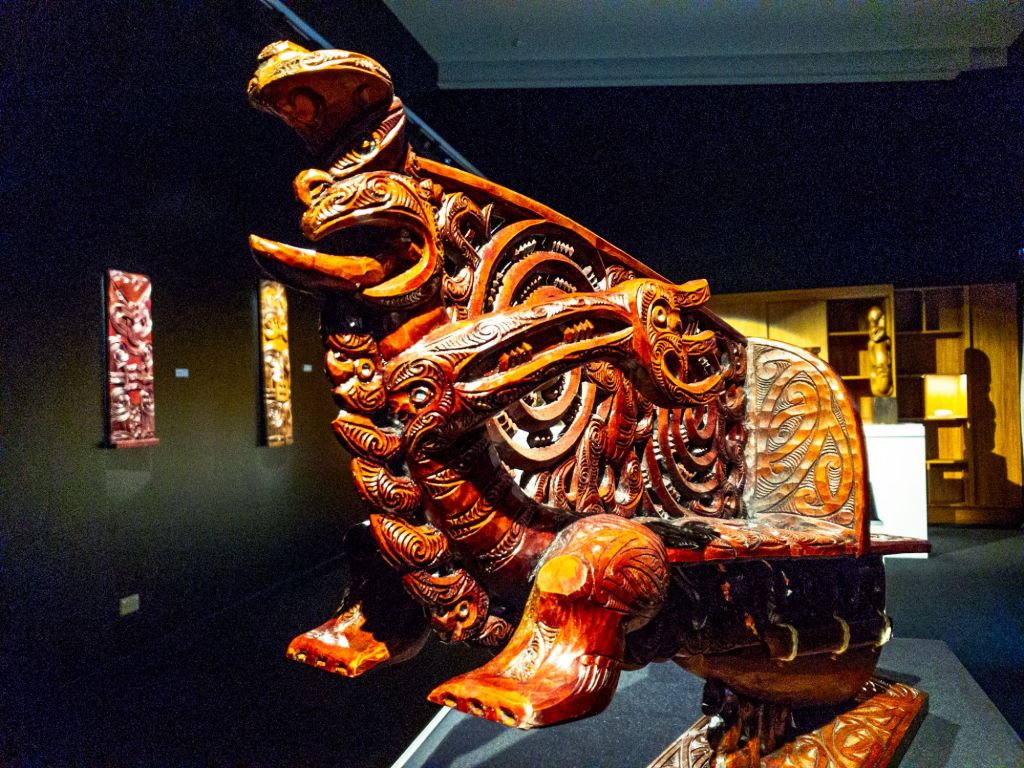
If you visit the North Island, yes visit Auckland and my favorite city in the country, Wellington, but don’t count out Rotorua. I think spending a long time there for us was a refreshing and rewarding part of our trip. The people were very friendly and helpful, there’s a lot of culture to absorb, and it’s not too far out of the way.
